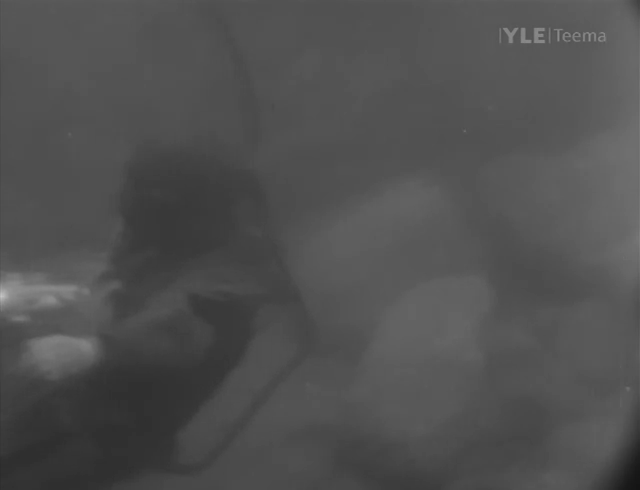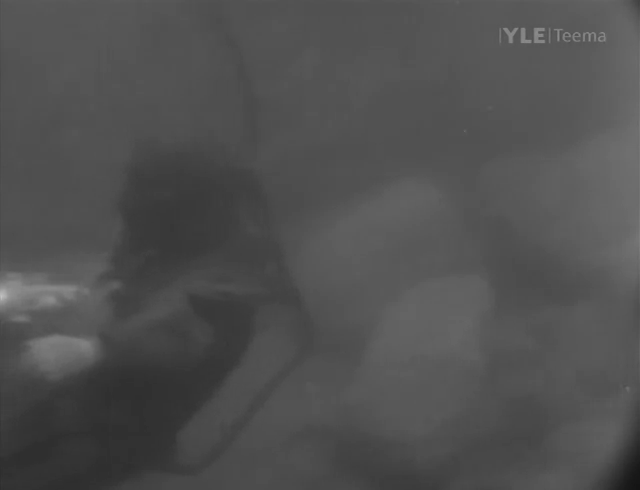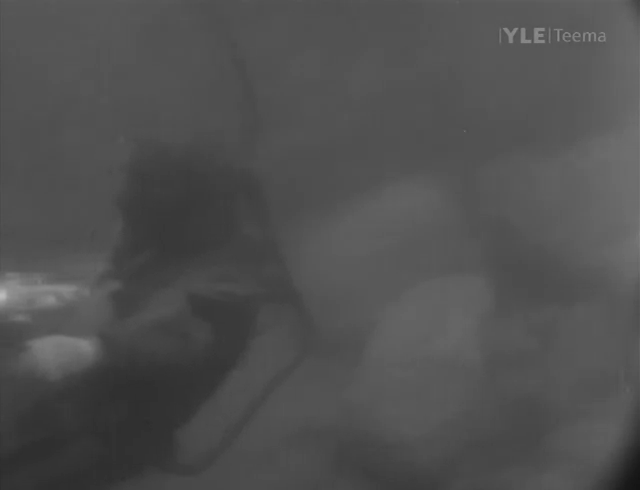- Flush the stupid green tint with lutyuv=u=128:v=128.
- Avconv’s
-nroption is there but doesn’t seem to do anything (at least for compressibility, with libavtools 4:0.8.6-0ubuntu0.12.04.1). - hqdn3d does improve compressibility, but tends to wash frames to look like animation. Dark scenes with different shades of black particularly seem to suffer, though depending on how the source material is compressed it may look blocky to begin with.
- At least for the one sample film I’ve tested, CQ level has to be pretty big for transcoding to make sense at all in terms of compression. My eyes seem to have good tolerance for it though: the crappy-to-start-with B&W material compressed with
--cq-level=30doesn’t look overly bad compared to better-to-start-with color material compressed with--cq-level=10.--min-qwill of course further limit the quality, but for values that matter for compression it starts to show. - For the sample in question, the extra parameters (for arnr, pct and kf-dist) in WebM Guide’s “2-Pass VBR Encoding for Noisy / Low-quality Input Source” example increased the (resulting transcoded file’s) size, possibly for a gain in quality (but not apparently enough for my admittedly low visual acuity).
Edit: To back up my “CQ30 is good enough” claim, here’s a frame where the effects of CQ=10 vs CQ=20 vs CQ=30 are of the most obvious kind:



Just try and claim you’d prefer one of those over the others for your 1/25th of a second.